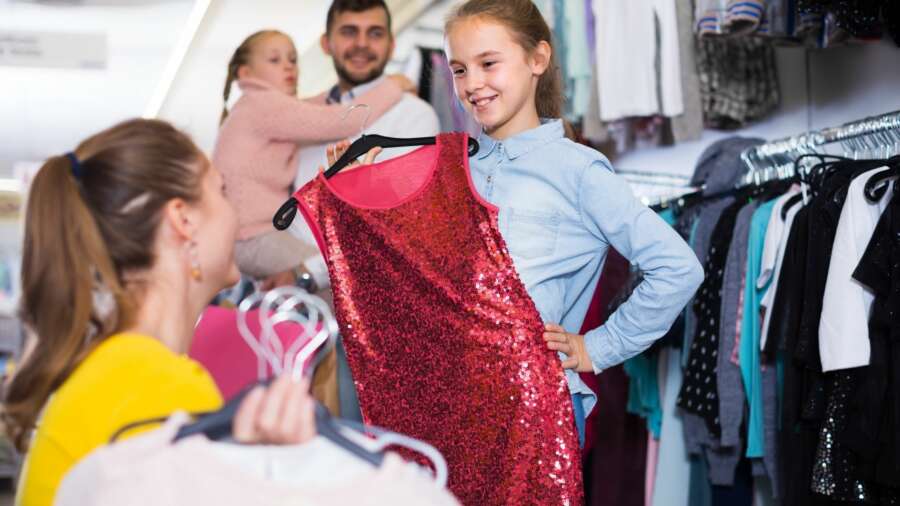
By Aaron Duckmanton, Global Head of Marketing, Grabyo
The 2020 Black Friday shopping event has not been business as usual for brands or retailers. With many non-essential brick-and-mortar stores closed, and shoppers encouraged to stay at home, merchants have needed to find new ways to drive sales leading up to the holidays.
Fortunately, there is a growing trend that overlaps both shopping and entertainment that is taking the US by storm – live shopping.
According to eMarketer, the COVID-19 pandemic has increased US eCommerce by 18% in 2020, while physical sales are down 14%. Online retail had already become a dominant channel before 2020, and it looks likely to reign supreme afterwards.
Meanwhile, the video viewing habits of US consumers continues to change. According to Grabyo’s At Home Video Trends Report (US), 81% of US consumers are watching video regularly on online streaming platforms, while 75% are now watching video regularly on social media. Traditional TV has fallen to become the third-place choice for video.
So on the one hand, you have consumers who are taking most, if not all, of their retail journey online – from discovery to purchase. On the other hand, you have a large majority of consumers watching video regularly online, from YouTube to Netflix.
This has opened up an opportunity for a merging of these two behaviors to facilitate the growth of live shopping in the US leading up to the holidays.

Aaron Duckmanton
Live shopping: The facts
Live shopping is just that – a live online shopping experience. A brand or retailer will broadcast a live stream to social media or online, showcasing products for the audience to buy. Think linear teleshopping, but online.
Live selling generated $60 billion in global sales in 2019, according to research from US firm Coresight. Most live shopping revenue is generated in Asia, with Chinese platforms such as Taobao and Tmall, alongside companies like Shoppee, leading the way.
The US accounted for only $1 billion of 2019’s live shopping revenue, which suggests there is a solid foundation and a valuable opportunity to be had, especially around shopping events.
A consistent component of all successful Chinese live selling streams is entertainment. The format of these broadcasts are not infomercials, they are fun and exciting. The best live selling streams do more than showcase a product. Until now, brands have found success offering access to a celebrity or popular event in an interactive setting, with a product that fits organically within the content.
Reality star Kim Kardashian took to Tmall to appear on a live selling stream with one of China’s top influencers for an interview. During the stream, Kardashian sold 15,000 bottles of perfume in minutes.
Low hanging fruit
Noticing the success of live shopping in Asia, the major social media players have begun rolling out features to allow brands and retailers to integrate their eCommerce platforms into live broadcasts.
Facebook and Instagram rolled out live selling support in May 2020, while YouTube plans to roll out similar features. This gives consumers the ability to buy products without leaving the live stream, increasing convenience and decreasing the chance of abandoned carts.Hosting a live social broadcast can be simple and easy. It doesn’t require lots of production equipment and management. Set-ups can be as basic as a smartphone or laptop/PC camera to get talent on air. Note: The basic, low-production value content has gained huge popularity throughout lockdowns.
For instance, a celebrity host could live stream from their laptop to Facebook Live, suggesting Christmas presents, trying on clothes, rating beverages or interviewing a brand ambassador. This feed can be branded and enhanced with audience participation tools such as polls or social comment displays, with the one/two click purchase mechanism.
Success stories
Leveraging the vast amount of social media users will be the most effective way for brands to launch a live shopping campaign.
Amazon, however, has been using its own platform to drive sales around Black Friday. Its Amazon Live platform features live shows from influencers, with advice of gift giving and essential buys. In the UK, Amazon ran a ‘Black Friday Live’ series with a host of celebrity guests and sports stars on live shopping streams.
In the US, a combination of influencer marketing and live selling is the recipe Amazon is using. The frequency and live engagement these broadcasts achieve suggests it is working.
In Asia, cosmetics company L’Oréal invited Chinese celebrities to live stream from behind-the-scenes at the 69th Cannes Film Festival. The broadcasts combined the draw of the film festival with timely product placements, with each streamer recommending products they had used during the festival.
This led to L’Oréal selling out of every featured product.
With many retailers and brands across the US vying to get consumer attention and dominate the holiday shopping season, it may be time to try something new in 2020. The conditions all point to live selling becoming a mainstream commerce tactic. Those who get out in front will enjoy the spoils.


